Blount Disease In Adults
Blount disease in adults. However as most children begin to walk between the ages of 1 and 2 years old their legs gradually straighten out. Young children often have bowing in both of their legs while adolescents with the condition most often only have bowing. Blount disease is a growth disorder of the shin bone tibia characterized by inward turning of the lower leg bowing that slowly worsens over time.
Blounts disease is progressive pathologic genu varum centered at the tibia. It is a specific problem of bone growth of the inner portion of the tibia shin bone. Blount disease exists as two clinical variants infantile or early-onset and adolescent or late-onset defined based on whether the fi.
Blounts Disease is a condition that affects the growth of the leg bones. What You Need to Know Blounts disease is a condition that affects bone growth in the bones below the knee causing a child to become. What Is Blount Disease.
Best divided into two distinct disease entities. Blount disease is a growth disorder that affects the bones of the lower leg causing them to bow outward. No we dont know what will happen in the future when she becomes an adult.
It often appears in obese children and in young children who are early walkers. Blounts disease appears in children by two years of age. It is caused by an abnormality of the growth plate in one or more of the leg bones.
It results from an abnormality of the growth plate in the upper part of the shinbone tibia. However unlike bow legs it is pathological and progressively worsens. Clinically it is difficult to distinguish between simple bowlegs and Blounts disease.
The growth plate at the top of the tibia is affected in patients with Blounts Disease. Infantile Blounts this topic pathologic genu varum in children 2 to 5 years of age.
What Is Blount Disease.
Blounts disease is a condition that can occur in childhood and adolescence. It results from an abnormality of the growth plate in the upper part of the shinbone tibia. Blounts disease is a disorder of the tibial growth plate usually the medial aspect leading to changes in the angle at the knee. Deformity typically occurs in both the thigh bone femur and the tibia. Blounts disease is a condition that can occur in childhood and adolescence. Pathologic genu varum in children 10 years of age. Blount disease is a growth disorder of the shin bone tibia characterized by inward turning of the lower leg bowing that slowly worsens over time. What Is Blount Disease. Tibia vara is the main component of the deformity.
It is also know as tibia vara. It is caused by an abnormality of the growth plate in one or more of the leg bones. Infantile Blounts this topic pathologic genu varum in children 2 to 5 years of age. Blount disease BOD syndrome Bone dysplasia Azouz type Bone dysplasia lethal Holmgren type Boomerang dysplasia Bowing of legs anterior with dwarfism Brachycephalofrontonasal dysplasia Brachydactylous dwarfism Mseleni type Brachydactyly elbow wrist dysplasia Brachydactyly long thumb type Brachydactyly Mononen type Brachydactyly type A1 Brachydactyly type A2. Blounts Disease is a condition that affects the growth of the leg bones. What Is Blount Disease. The growth plate at the top of the tibia is affected in patients with Blounts Disease.









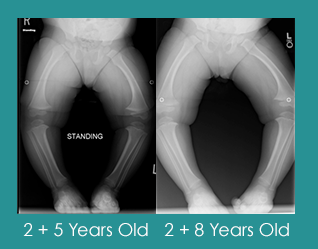


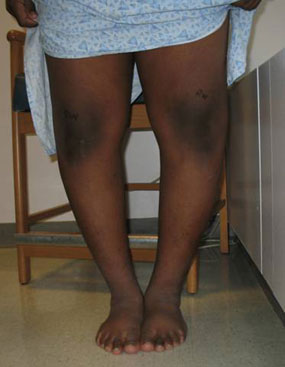


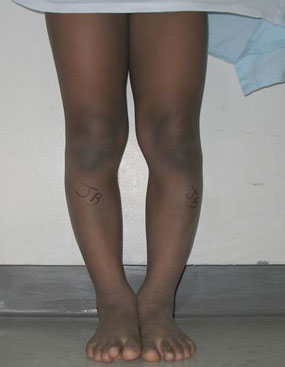
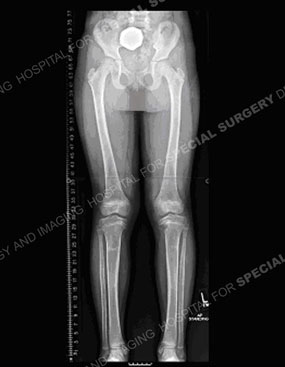





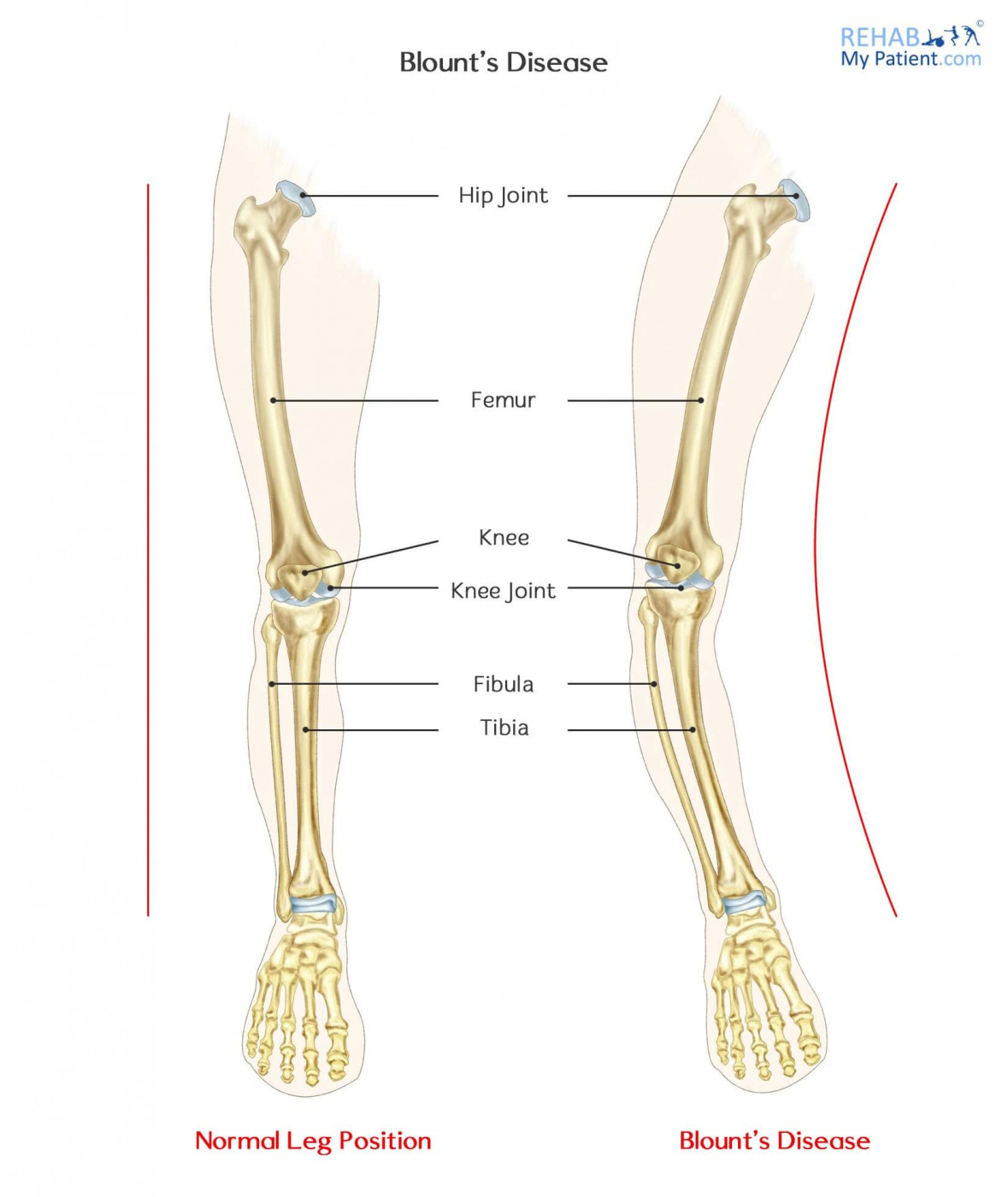


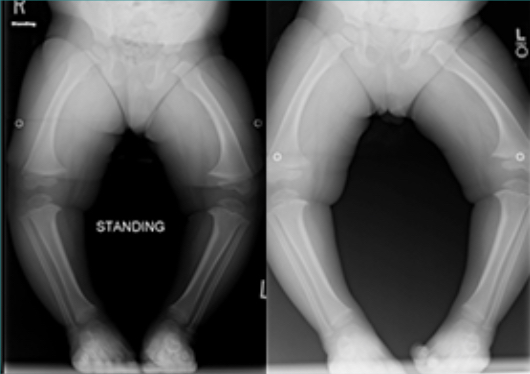
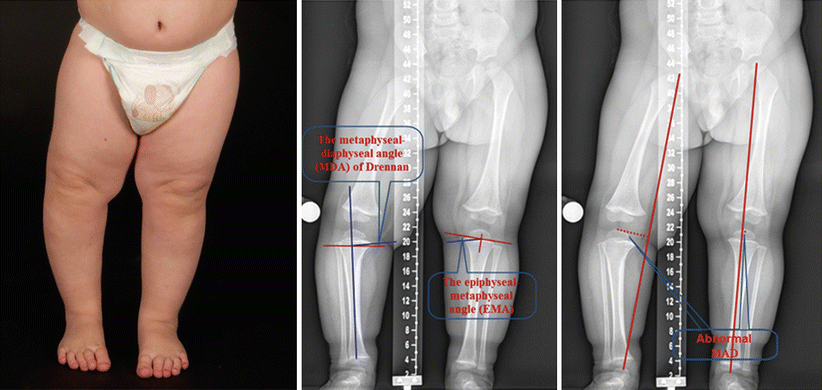

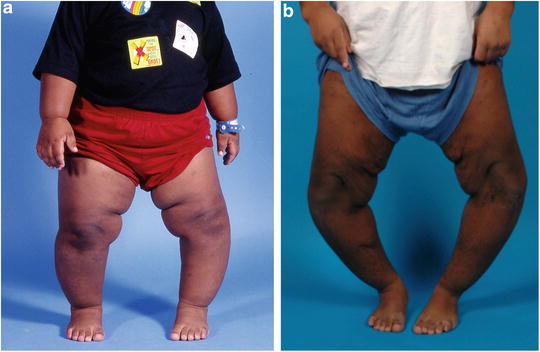




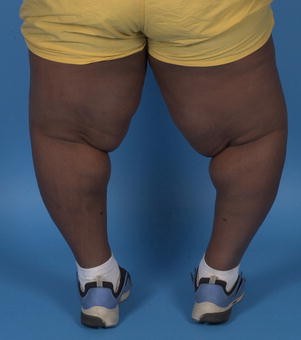

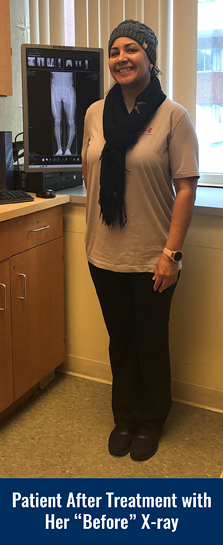
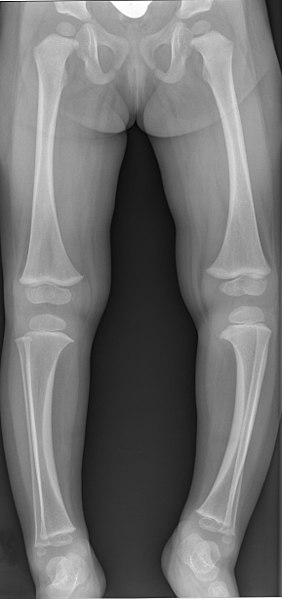
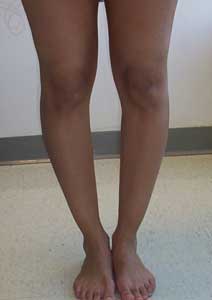



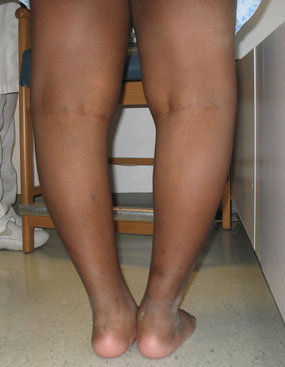


Post a Comment for "Blount Disease In Adults"